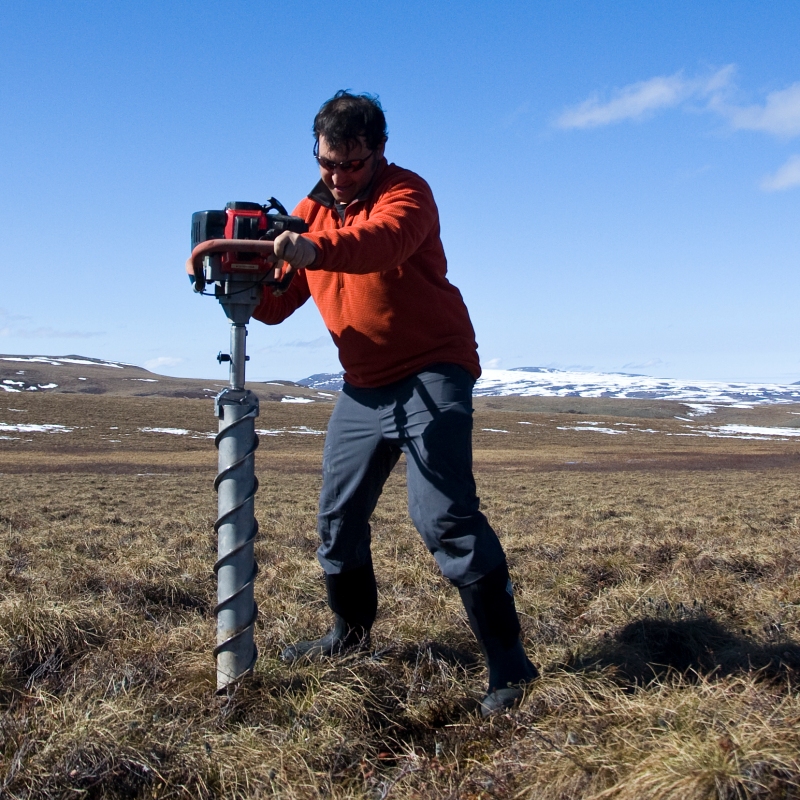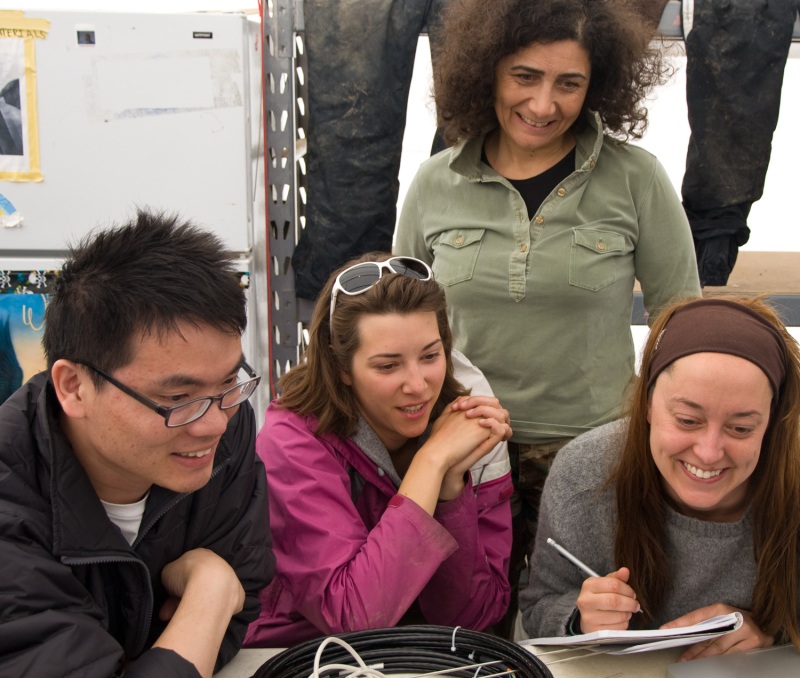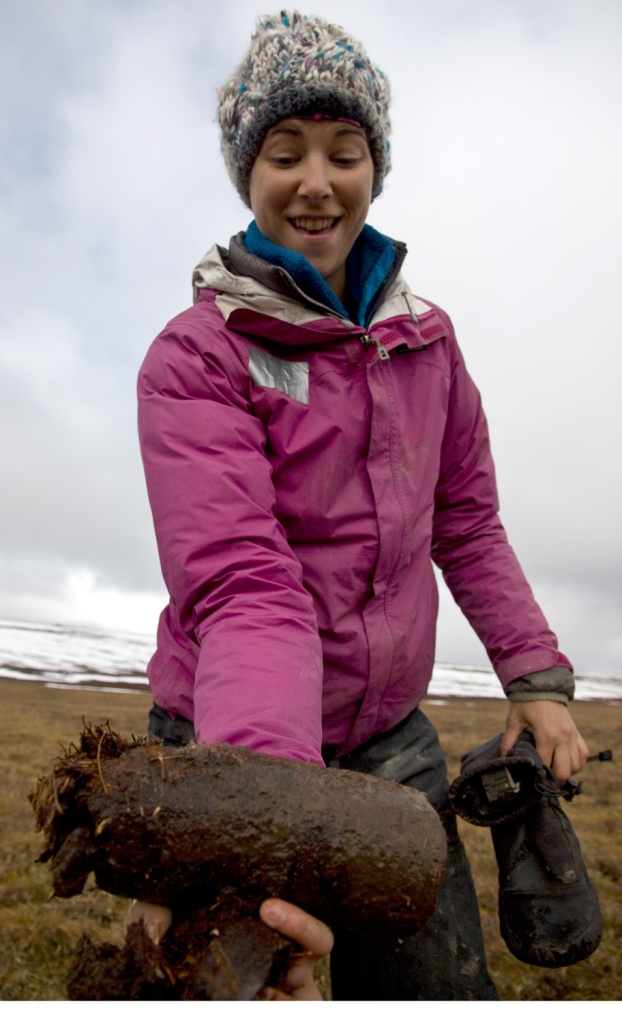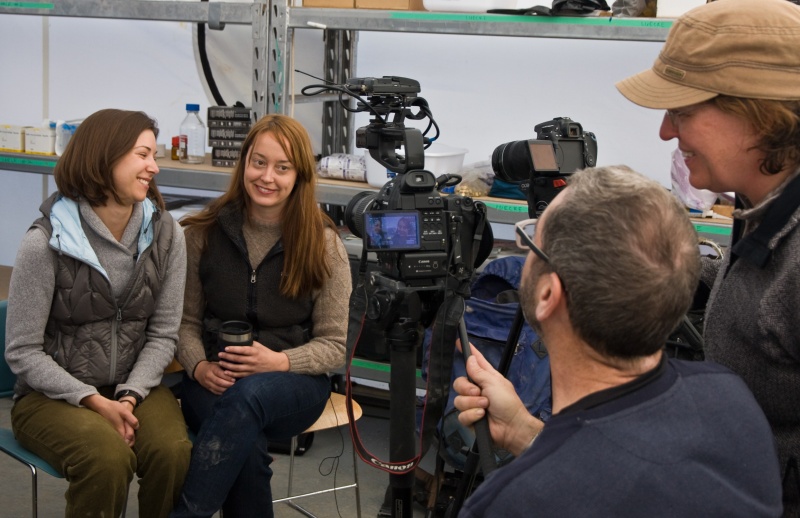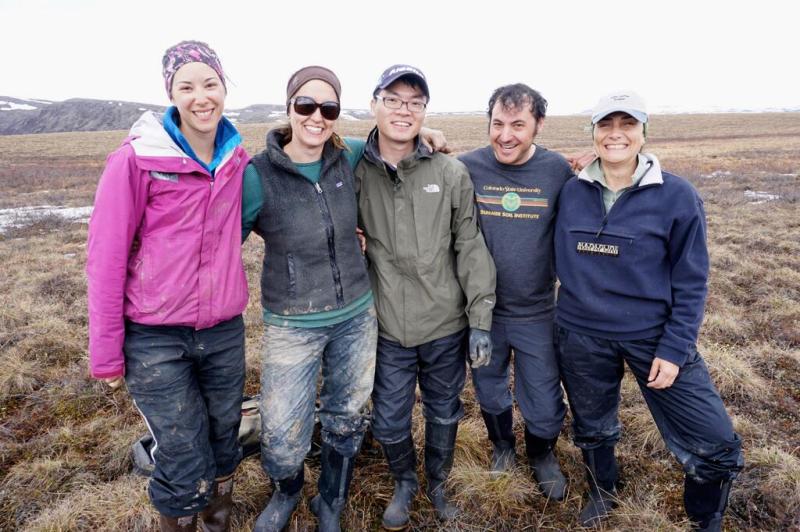
Live from the thawing Arctic tundra: The challenge of communicating complex science to the public
As a scientist, I spend most of my time talking to other expert scientists about complexities and details in a language that only a handful of people can understand. It’s easy to lose sight of the big picture.
To have a successful career in science, one needs first to synthesize the accumulated knowledge of mankind on a specific topic in order to find the edge of the frontier- the unanswered questions that demand exploration. Our success depends on our ability to communicate new ideas at the frontier of science to our peers. That’s what gets our proposals funded and our papers published. In turn, publications and grants lead to good jobs, promotions, accolades, and the respect of our peers.
While individual success is dependent on one’s ability to communicate to other scientists, the success of the scientific endeavor largely depends on our ability to communicate with the public- with the students in our classes, the person sitting next to us on the plane, policymakers, and to those that can commercialize our discoveries into products and services that benefit humanity.
Today, I’m am writing from Toolik Field Station in Arctic Alaska, where my research team is studying how soil carbon storage is likely to respond to rapid environmental change. This is important because soils in the Arctic have banked more carbon over thousands of years than the carbon contained in all of the world’s vegetation and our atmosphere combined! As Arctic plants breathe in the invisible gas carbon dioxide and grow leaves, roots and stems, microbes eat dead plant materials, breathe out carbon dioxide back to the atmosphere, and poop out what then becomes carbon-rich soil. But in the Arctic, the microbes that decompose dead plants do so slowly because it is cold and because the soggy soils don’t hold much oxygen. As a result, the Arctic has been taking carbon out of our atmosphere and storing it away in the soil lockbox for tens of thousands of years. Till now.
The climate is changing rapidly in the Arctic. Warming is occurring twice as fast here as in the rest of the world. And the results are visible from space. The short growing season is getting longer, and the plants are getting bigger and greener. What you can’t see from space is that the microbes and other critters that live beneath the surface are waking up too. This “biotic awakening” sounds like a good thing, and it probably is if you are a microbe, but could be bad for us. That’s because these microbes could open this carbon lockbox, releasing some of that banked soil carbon back to the atmosphere as carbon dioxide and methane. Because both of these are greenhouse gasses, that could further accelerate climate warming. There is some evidence that this is already happening. But there is a lot we don’t know, and we can’t really predict how this will play out in the future. That is why we are here.
Earlier this week, we were joined by Miles O’Brien, one of very few television reporters that produces in-depth stories on important science issues. Along with producer Kate Tobin, they filmed our team for a story to appear later this summer on the National Science Foundation online magazine Science Nation, and later on the PBS News Hour. My challenge was to explain our cutting edge science in a way that most people can understand. That means not just explaining what we are studying, but why they should care, why what happens in the Arctic matters to them wherever they live, and why taxpayer dollars should be spent on this. That means avoiding the details of our work, like sophisticated mass spectrometry analyses of soil chemistry or genomic analyses of the microbes in our soils. It means avoiding confusing terminology like “feedbacks”, “sinks”, or “molecular structure”. Remember that this research was funded because we were able to convince other scientists that we had novel ideas and sophisticated approaches to test these ideas, not because we had a simple message that the public could easily understand.
Unfortunately, like most other scientists, I have almost no training in communicating to the public. Teaching has given me some experience, but I have a lot to learn. Fortunately, Miles and Kate were here for several days, providing a chance for me to evolve and refine the story I wanted to tell. And, ultimately, they will be telling our science story, filling in with narration and animation to complement the clips of me explaining the science. As hard as I tried to channel my inner David Attenborough (I did not attempt a British accent, I promise) or Neil deGrasse Tyson, I tend to be too deliberate and think too hard about what I’m saying, lacking the oozing enthusiasm of these great communicators. But, I think I did a decent job of clearly describing our science and the big picture. Fortunately, my student Laurel Lynch and postdoc Megan Machmuller had no shortage of enthusiasm and gave them some great clips to use.
I’m excited to see the final production of this story, and hope that I was able to convey why this science is important, interesting, and imperative. I hope I have more opportunities to get communication training, and to communicate with the public in the future. While I don’t think that every scientist needs to be good at everything, including public communication, more of us need to do this, and do it well. While it’s still possible to be a successful scientist without being an effective public communicator, the success of the scientific endeavor depends on more of us doing more communication, more effectively.
Matthew Wallenstein is a research scientist in the Natural Resource Ecology Laboratory and an associate professor in the Department of Ecosystem Science and Sustainability at Colorado State University. This research is funded through a National Science Foundation CAREER grant to Matthew Wallenstein, and a grant from the Department of Energy, Office of Science which together support a large team including Rich Conant, Francesca Cotrufo, Eldor Paul, Laurel Lynch, Megan Machmuller and Xudong Zhu at CSU, and Bill Riley and Jinyun Tang at DOE’s Lawrence Berkeley National Laboratory.
